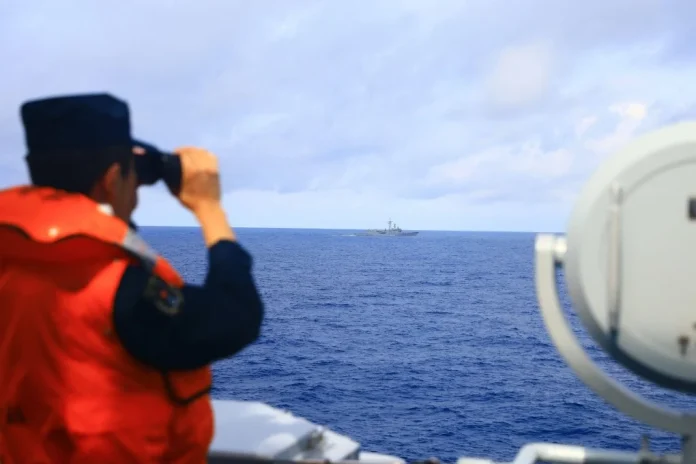Taiwan has reported the detection of a Chinese balloon over waters to the northwest of the island. This marks the first such sighting since April. The development comes amid ongoing tensions between Taipei and Beijing, with China continuing to assert its claim over Taiwan.
“Grey Zone” tactics and increased military activity
Taiwan has classified the balloon activity as part of a broader strategy known as “grey zone” tactics. These tactics involve actions that stop short of open conflict but aim to exert political and military pressure. Taiwan believes these actions destabilize the region without leading to direct confrontation.
Ahead of Taiwan’s presidential elections in January, similar balloons crossed the Taiwan Strait. Some balloons even passed directly over the island. Although Taiwan did not take military action, it has expressed concern that such activities could escalate tensions in this already sensitive region.
China’s response to balloon activity
China has denied using balloons for surveillance purposes. Beijing argues that some of these balloons are civilian or research airships that were blown off course. The Chinese government has dismissed the claims as exaggerated, saying Taiwan has overreacted to these events.
The issue gained global attention in early 2023 when the United States shot down a large balloon. The U.S. claimed it was a surveillance device that posed a threat to sensitive military installations, raising concerns about potential espionage.
Ongoing military presence near Taiwan
China continues its military presence near Taiwan. It regularly deploys fighter jets, drones, and naval vessels for training exercises. On Sunday, Taiwan’s Ministry of Defence tracked a balloon flying at an altitude of 10,058 meters (around 33,000 feet). The balloon was located about 111 kilometers northwest of Keelung City. It briefly entered Taiwan’s Air Defence Identification Zone (ADIZ) before disappearing later in the day.
In addition to the balloon, Taiwan’s Ministry of Defence reported 12 Chinese military aircraft and seven naval vessels in the area within a 24-hour period. These activities highlight the ongoing military engagement around Taiwan’s waters.
Regional stability concerns
Taiwan’s leadership has voiced concerns about China’s growing military activities in the Taiwan Strait. Regular air and maritime patrols, along with surveillance balloons, have raised alarms about the risk of accidental escalation.
Taipei has also criticised what it sees as growing international indifference toward the situation. The Taiwan Strait has become a focal point of global political rivalry, and Taiwan has called for greater attention to the potential risks posed by ongoing tensions.
While tensions remain relatively low for now, the frequent presence of military assets and surveillance balloons near Taiwan reflects the complex and evolving nature of cross-strait relations. Both sides continue to monitor each other closely, with international stakeholders also keeping a close watch on developments. Maintaining peace and stability in the Taiwan Strait will remain a critical challenge for all parties involved.
